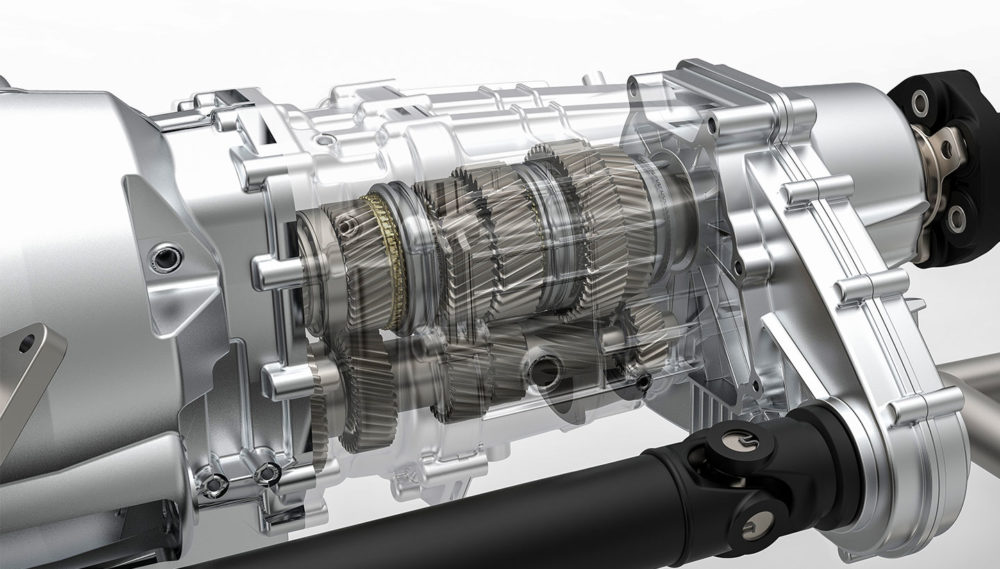Mobile:+86-311-808-126-83
Email:info@ydcastings.com
English
Lost Foam Aluminum Casting - Precision Manufacturing Process
Lost Foam Aluminum Casting An Innovative Manufacturing Process
Lost foam aluminum casting is a revolutionary manufacturing technique that combines the advantages of traditional casting methods with the precision of modern technology. This process has gained popularity in various industries due to its efficiency, accuracy, and cost-effectiveness. In this article, we explore the fundamentals of lost foam casting, its advantages, applications, and the future of this innovative technique.
At the heart of lost foam casting is the use of a foam pattern, typically made from expanded polystyrene (EPS). The pattern is created to mimic the final shape of the desired aluminum part. Once the foam pattern is formed, it is coated with a fine sand mixture to create a mold. This method differentiates itself from traditional sand casting, as there is no need for a separate core or multiple parts to define the internal features of the object. During the casting process, molten aluminum is poured directly into the mold cavity, causing the foam to vaporize. This lost foam does not leave any residue, allowing for a cleaner casting process and exact shape reproduction.
One of the primary advantages of lost foam aluminum casting is its ability to produce highly intricate geometries and complex shapes. This is particularly beneficial in industries such as automotive and aerospace, where lightweight yet strong components are essential. The ability to create thin-walled sections and detailed features reduces the need for secondary machining processes, resulting in shorter production times and lower manufacturing costs.
lost foam aluminum casting

Additionally, lost foam casting allows for greater design flexibility. Engineers and designers can easily modify foam patterns to meet specific requirements without incurring substantial costs. This adaptability is crucial in today's fast-paced manufacturing environment, where the demand for customization and rapid prototyping is ever-increasing.
Environmental considerations also play a crucial role in the adoption of lost foam aluminum casting. The process utilizes minimal materials and generates less waste compared to traditional casting methods. The foam patterns can also be recycled, further reducing the environmental impact. Furthermore, the ability to use aluminum, a highly recyclable material, aligns with sustainability goals in modern manufacturing practices.
Despite its numerous advantages, lost foam aluminum casting is not without challenges. The initial costs for the required equipment and tooling can be significant, which might deter smaller manufacturers. However, as technology advances and production techniques improve, it is anticipated that these costs will decrease, making lost foam casting more accessible to a broader range of businesses.
In conclusion, lost foam aluminum casting represents a significant advancement in the field of manufacturing. With its ability to create complex geometries, reduce waste, and promote design flexibility, it stands as a viable option for industries seeking innovative solutions. As manufacturers continue to embrace new technologies and refine their processes, the future of lost foam casting looks promising, paving the way for smarter and more sustainable manufacturing practices.
-
Materials Used in Manufacturing Cap End Pipe FittingsNewsNov.24,2025
-
Material Properties of CF8M CastingNewsNov.24,2025
-
How to Inspect Pump Cap Ends for DamageNewsNov.21,2025
-
Backward Curved Impeller – Efficient Airflow Solutions for Industry | YD CastingsNewsNov.21,2025
-
Automobile Water Pump - Efficient, Quiet, Durable & ElectricNewsNov.21,2025
-
Impeller for Pumps – High-Efficiency, Durable, OEM-ReadyNewsNov.21,2025











